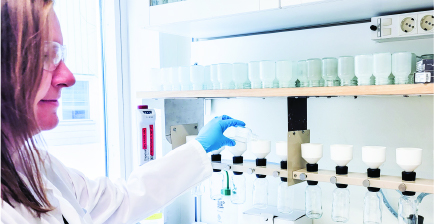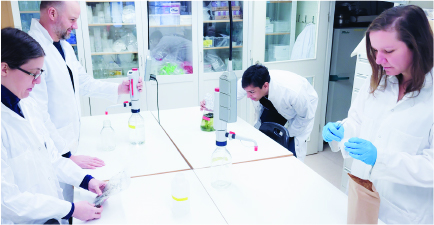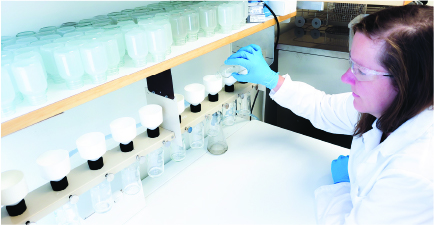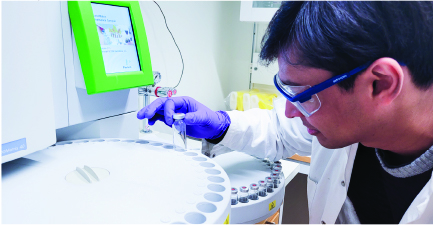Contact
Michael Gundale, Professor
Department of Forest Ecology and Management, Department of Forest Ecology and Management, joint staff
Department of Forest Ecology and Management, Department of Forest Ecology and Management, joint staff
michael.gundale@slu.se, +46907868427
Ilse Van Duuren, Research Assistant
Department of Forest Ecology and Management, Department of Forest Ecology and Management, joint staff
Department of Forest Ecology and Management, Department of Forest Ecology and Management, joint staff



